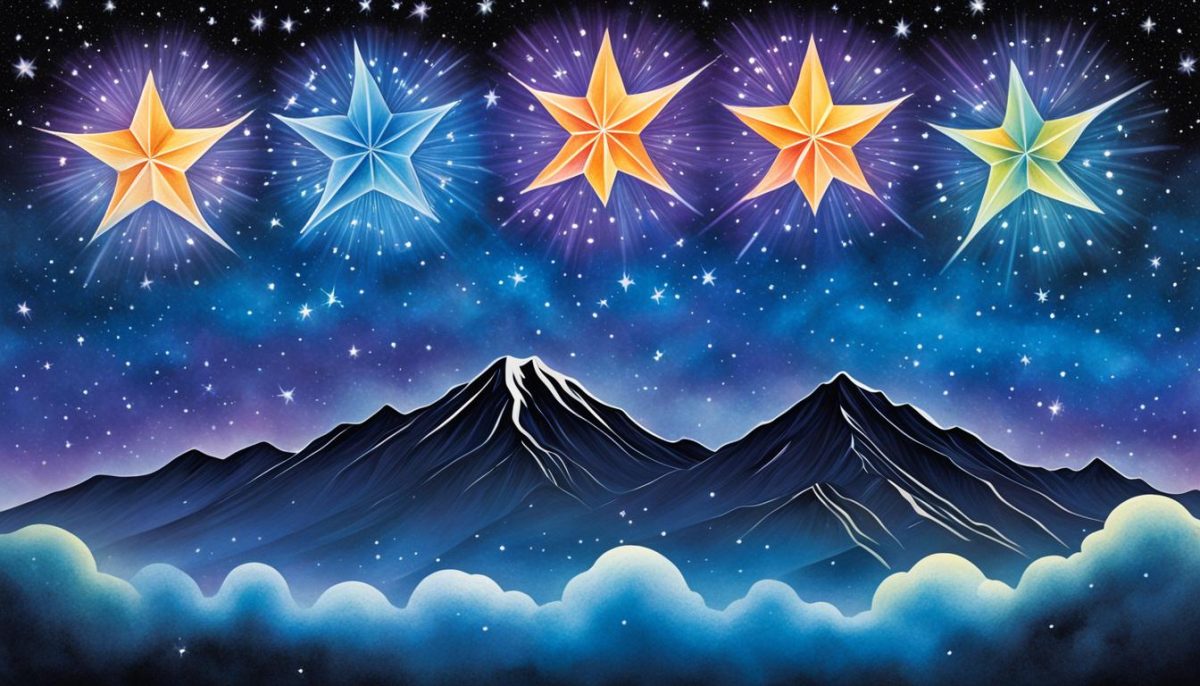Many ancient civilizations utilized celestial bodies as natural clocks for various purposes, including agriculture, rituals, and festivities. Māori culture similarly integrated astronomical methods into their calendrical systems, incorporating multiple time cycles based on the sun’s annual journey, celestial movements, and lunar phases. These cycles, combined with environmental cues, formed the intricate system known as maramataka.

A REVIEW OF MĀORI ASTRONOMY IN AOTEAROA, NEW ZEALAND
Indigenous peoples worldwide are reclaiming their traditional knowledge, and the Māori of Aotearoa-New Zealand are no exception. Efforts to revive Māori language, arts, and sciences include a resurgence in reclaiming astronomical knowledge. Māori understanding of the cosmos permeated their pre-colonial life, influencing practices in agriculture, architecture, and navigation. This paper sheds light on ongoing research aiming to comprehend ancestral Māori perspectives on the heavens.
MĀORI NAVIGATION
Tātai arorangi, or Māori astronomical knowledge, held significance in pre-colonial Māori society, with experts known as tohunga kokorangi and tohunga tātai arorangi possessing profound understanding. While modern expertise is limited, Māori are committed to revitalizing their astronomical knowledge, deeply intertwined with cultural practices like oceanic navigation and traditional chants.
REVITALIZING MĀORI ASTRONOMY
Māori culture integrated astronomical wisdom into various aspects of life, including religion, agriculture, and navigation. Despite a decline in knowledge transmission, recent years have witnessed a resurgence in interest, particularly with the celebration of Matariki, the Māori New Year. Initiatives like the Society of Māori Astronomy Research and Traditions (SMART) aim to preserve and disseminate this knowledge through educational resources and outreach programs.
MARAMATAKA THE MĀORI MOON CALENDAR
The measurement of time using celestial bodies is an ancient practice, with monthly calendars based on lunar phases prevalent across Polynesia. In Aotearoa-New Zealand, this knowledge, brought by ancestral canoes, underwent adaptation to the southern hemisphere’s sky, seasons, and climate, serving as a cultural guide for appropriate activities like food gathering and agricultural practices.
